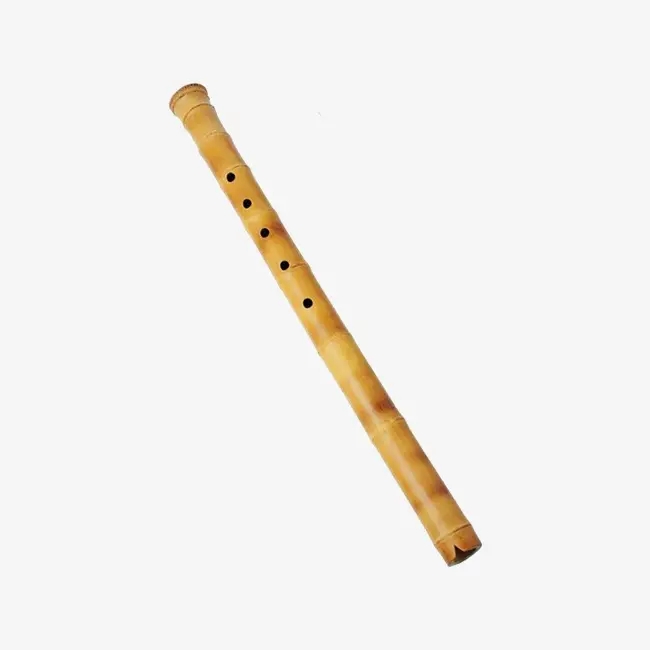The correct mouth shape for playing the flute
When playing the flute, the correct mouth shape has a very important relationship with the pronunciation of the flute. This is the basic training for learning the flute. Now let's take a look at the introduction of the mouth shape of the flute.

The expansion and contraction of the lips is the result of the overall expansion and contraction of the facial muscles. Facial muscles connect to the lips through the corners of the mouth. Therefore, when playing, the force of the mouth muscles is mainly concentrated on the corners of the mouth, not in the center of the lips, and the lips only need to be properly contracted and supported. If the main force is concentrated on the lips, the gap between the lips will inevitably be narrowed, and the exhaled air cannot be full and plump.
Usually the so-called "mouth strength" (mouth strength), in essence, refers to the stretching force of the middle lip muscles and facial muscles. The so-called "door" refers to the lip hole through which the airflow passes.
The flute generally requires moderate mouth strength and balanced strength on both sides of the mouth. The damper should be located in the center of the lip, oval in shape, moderate in size, and suitable for the blow hole of the flute. The damper should not be narrow and long. When it is narrow and long, it is difficult for the airflow to be concentrated and full, and air will leak from both sides of the blowing hole, making a "feeding" sound. The position of the upper and lower lips should be basically the same as before, but the upper lip should be slightly forward. To open the damper forward (slightly down). Don't put one lip too far forward and one lip too far back. If the upper lip is too forward, the airflow will be downward, and the pronunciation will be dull; if the lower lip is too forward, the airflow will be upward, and it will not enter the blow hole, and there will be no flute sound.
The mouth shape of the flute is formed under the coordination of the labial muscles and the facial muscles. The corners of both sides of the mouth are slightly retracted (like when smiling), stick to the gums, and use the force of the appropriate contraction of the corners of the mouth to control the lips to stretch and move back to the sides. The upper and lower lips near the corners of the mouth are closed like a dumpling and wrapped slightly inward, with a slight bulge in the middle of the person. The central part of the lips forms an oval-shaped damper. The tongue body is slightly retracted, and it naturally lies on the lower palate. The tip of the tongue and the lower gum seem to be touching. The larynx located between the oral cavity and the trachea opens in a bell mouth shape toward the oral cavity, and simultaneously drives the upper and lower flaps to expand around, so that the oral cavity can be opened to a larger volume. When playing, the soft membrane (sponge-like membrane) on the inner side of the lips will naturally swim forward under the impact of the airflow. This mouth shape is the correct mouth shape.
 渝公网安备 50010702504639号
渝公网安备 50010702504639号